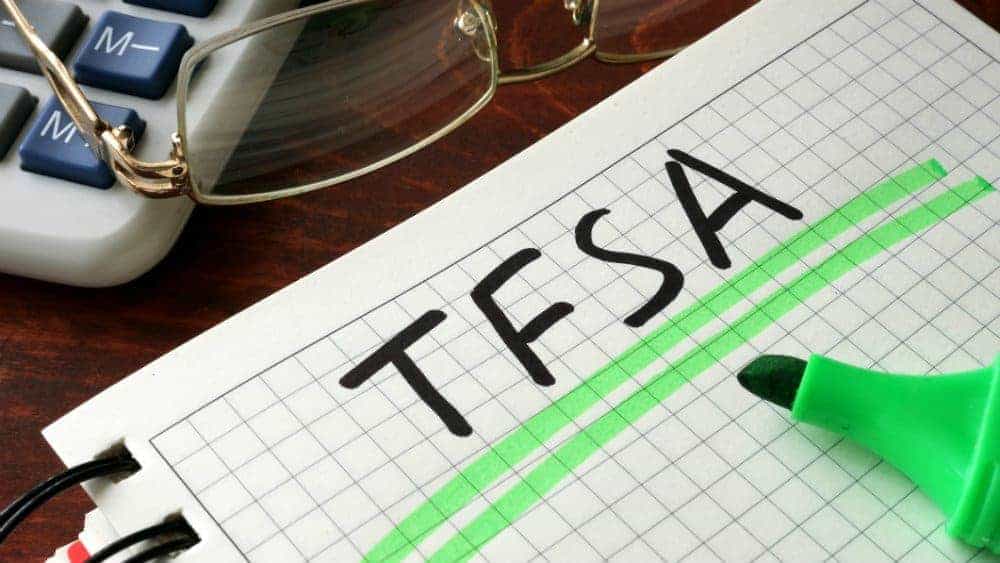Tax-free savings accounts (TFSAs) can be a Canadian investor’s best friend. Offering the ability to grow your assets and withdraw the proceeds tax-free, they’re easily the most flexible tax saving option most Canadians have.
Although the maximum contributions for TFSAs tend to be fairly low (the 2019 limit is $6000), unused contribution room does accumulate over time, so if you’ve never opened one of these accounts before, you could deposit quite a bit of money this year.
However, for all their virtues, TFSAs do have a few “gotchas” that investors need to be wary of. If you run afoul of certain TFSA rules, you could find yourself with a tax bill that could easily eat into your returns. We can start with one rule that all investors would be wise to abide by.
Rule #1: Avoid making your TFSA a business
If the CRA considers your trading activities to be a business, you can be taxed on them even if you’re doing the trading in a TFSA.
This is a particularly big risk if you’re earning huge returns on high-growth stocks like Shopify Inc (TSX:SHOP)(NYSE:SHOP). Shopify is exactly the type of growth stock that can ramp up your TFSA balance quickly thanks to its red-hot growth and strong capital gains.
However, if you’re earning the kind of money from your investments that you could live off of, then the CRA might end up classing your trading activities as a business.
For this reason, you’ll want to avoid high frequency trading or using unusually complex analytical tools to inform your TFSA trades.
Rule #2: don’t over-contribute
Over contributing to your TFSA is a classic way to have your returns disappear overnight. For every dollar you contribute past the limit, you’ll have to pay a 1% monthly tax.
You might think that doubling your money on a TFSA trade makes you a smart cookie, but if you overcontribute by $100,000, that $1000 a month tax could eat into even the frothiest of returns.
Foolish takeaway
TFSAs have become enormously popular with investors, owing to their flexibility and tax exempt status. The unlimited tax-free withdrawals make TFSAs particularly good for holding stocks like the aforementioned Shopify.
When a stock goes up 159% in a single year, like Shopify has this year, you can be tempted to cash out and enjoy the proceeds, and TFSAs are much better for that than RRSPs.
However, there are situations where trading in a TFSA can come back to haunt you. Particularly if you trade too much, or contribute too much, you can find yourself in a situation where you’ll end up paying taxes that eat into your returns.
The lesson?
Be mindful of the TFSA contribution limit, and always keep an eye on the frequency of your trades. As if the extra trading fees that come with day trading weren’t disincentive enough, you could find yourself losing the ‘TF’ part of your TFSA.










